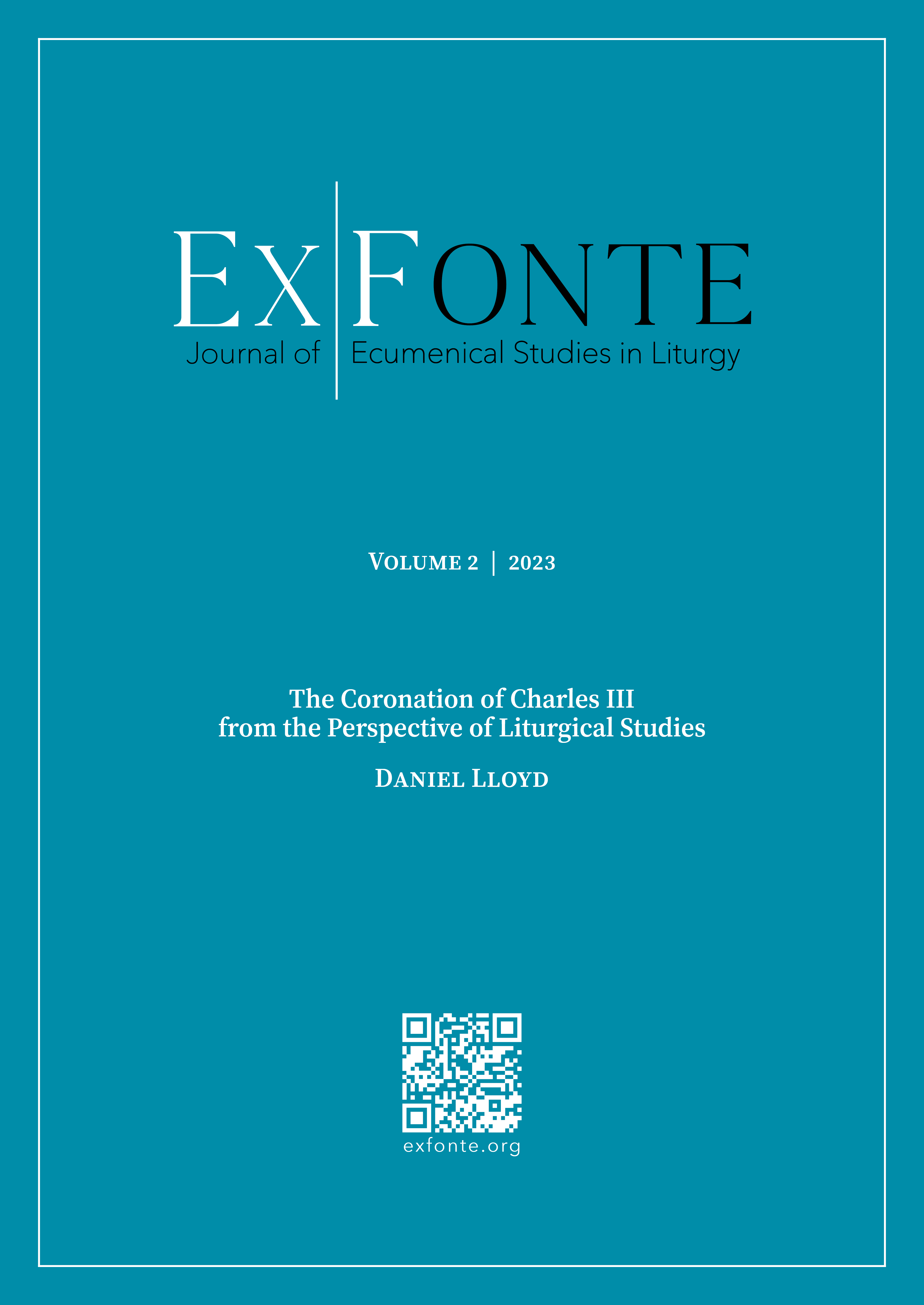The Coronation of Charles III from the Perspective of Liturgical Studies
DOI:
https://doi.org/10.25365/exf-2023-2-17Keywords:
Charles III, King of Great Britain, Church of England – Liturgy, CoronationsAbstract
The coronation of Charles III at Westminster Abbey on 6 May 2023 was the first such occasion for seventy years, and one which took place in a very different national, political, and indeed liturgical context from that which attended his mother Elizabeth II’s coronation in 1953. This article explores the continuities and changes in the texts, rites, and gestures of this unique liturgy (whilst also acknowledging that it sits in a tradition of liturgical articles being published around the time of coronations). The article argues that issues like change and continuity, and the anticipation and management of perceptions, have always been engaged with and instrumentalized by those responsible for compiling and working out the coronation liturgy in England: in 2023 that group included, as on previous occasions, the Royal Household, the Archbishop of Canterbury, and the broadcast media. The coronation liturgy is one in which adaptation to the perceived needs of the moment has always played an important role, and this article demonstrates how, in 2023, this is particularly evident in the text of the liturgical rite as well as in its performance.

Downloads
Published
How to Cite
Issue
Section
License
Copyright (c) 2023 Daniel Lloyd

This work is licensed under a Creative Commons Attribution 4.0 International License.




